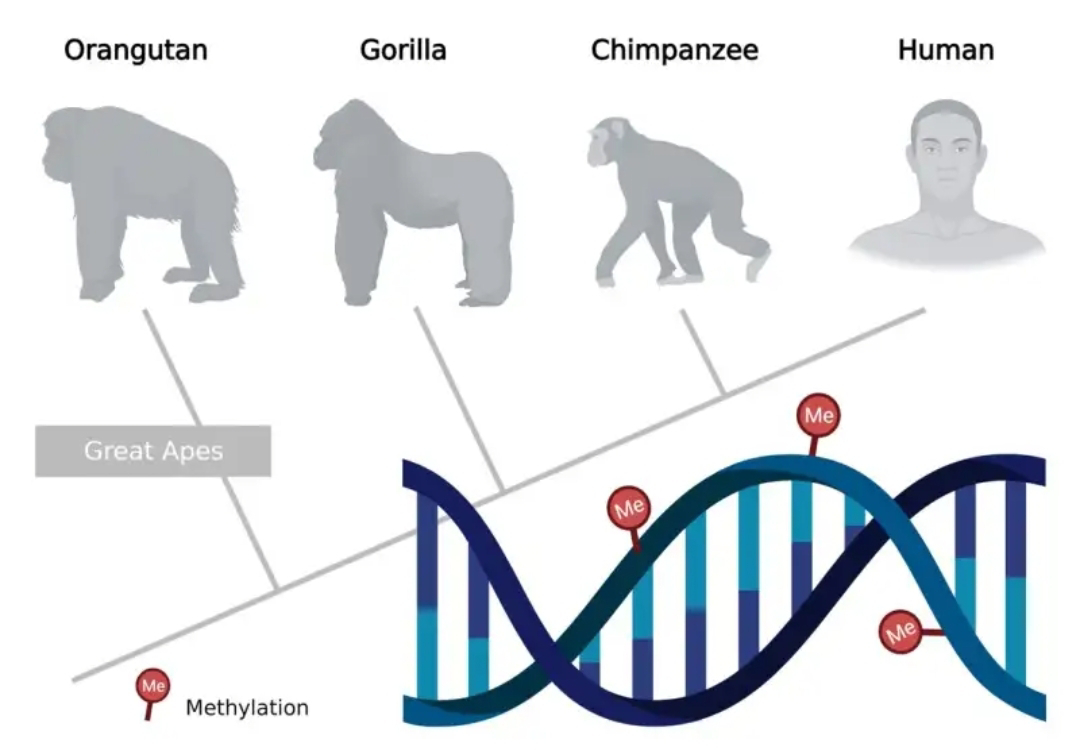Epigenetics: challenging Genetic Phylogenetics
The field of genetic phylogenetics, which aims to reconstruct evolutionary relationships between organisms, has historically focused almost exclusively on changes in DNA sequences. However, a growing body of evidence indicates that epigenetic modifications, which alter gene expression without changing the underlying DNA sequence, can also play a significant role in evolution. This realization has led to a recent surge in interest in incorporating epigenetics into phylogenetic analyses.
Here's a breakdown of how and why this shift is occurring:
Traditional Phylogenetics and its Limitations:
DNA-centric view:
Traditional phylogenetics relies heavily on comparing DNA sequences to infer evolutionary relationships. The assumption is that changes in these sequences, through mutations, are the primary drivers of evolutionary divergence.
This approach has been successful in reconstructing evolutionary trees for many groups of organisms.
Neglecting Epigenetics:
For a long time, epigenetic modifications, such as DNA methylation and histone modifications, were considered to be transient and limited to regulating gene expression within an individual.
Therefore, they were largely ignored in phylogenetic studies.
The Rise of Epigenetics:
Transgenerational Epigenetic Inheritance:
Research has shown that epigenetic modifications can be inherited across generations, a phenomenon known as transgenerational epigenetic inheritance.
This finding shows that epigenetic changes can contribute to heritable phenotypic variation and potentially influence evolutionary trajectories.
Environmental Influence:
Epigenetic modifications are often influenced by environmental factors, providing a mechanism for organisms to rapidly adapt to changing conditions.
This adaptability can have evolutionary consequences, as environmentally induced epigenetic changes may become fixed in populations over time.
Phyloepigenetics:
The term Phyloepigenetics is emerging, to define the combination of phylogenetic analysis, with epigenetic data. This is a very new area of research.
Technological Advancements:
Advances in sequencing technologies and bioinformatics have made it possible to study epigenetic modifications on a large scale.
This has facilitated the integration of epigenetic data into phylogenetic analyses.
Why Integrating Epigenetics Matters:
Improved Accuracy:
Incorporating epigenetic data can improve the accuracy of phylogenetic reconstructions, especially for closely related species where DNA sequence differences may be subtle.
Epigenetics can provide additional data points to resolve evolutionary relationships.
Understanding Adaptation:
Epigenetics can shed light on the mechanisms by which organisms adapt to environmental changes.
By studying the evolution of epigenetic modifications, researchers can gain insights into the role of environmental factors in shaping evolutionary trajectories.
Expanding Evolutionary Theory:
The inclusion of epigenetics challenges the traditional DNA-centric view of evolution and expands our understanding of the factors that contribute to evolutionary change.
In conclusion, the recognition of the role of epigenetics in evolution is a relatively recent development. As technology improves, the integration of epigenetic data into phylogenetic studies is likely to become increasingly common, leading to a more comprehensive and accurate understanding of evolutionary relationships.






Comments
Post a Comment